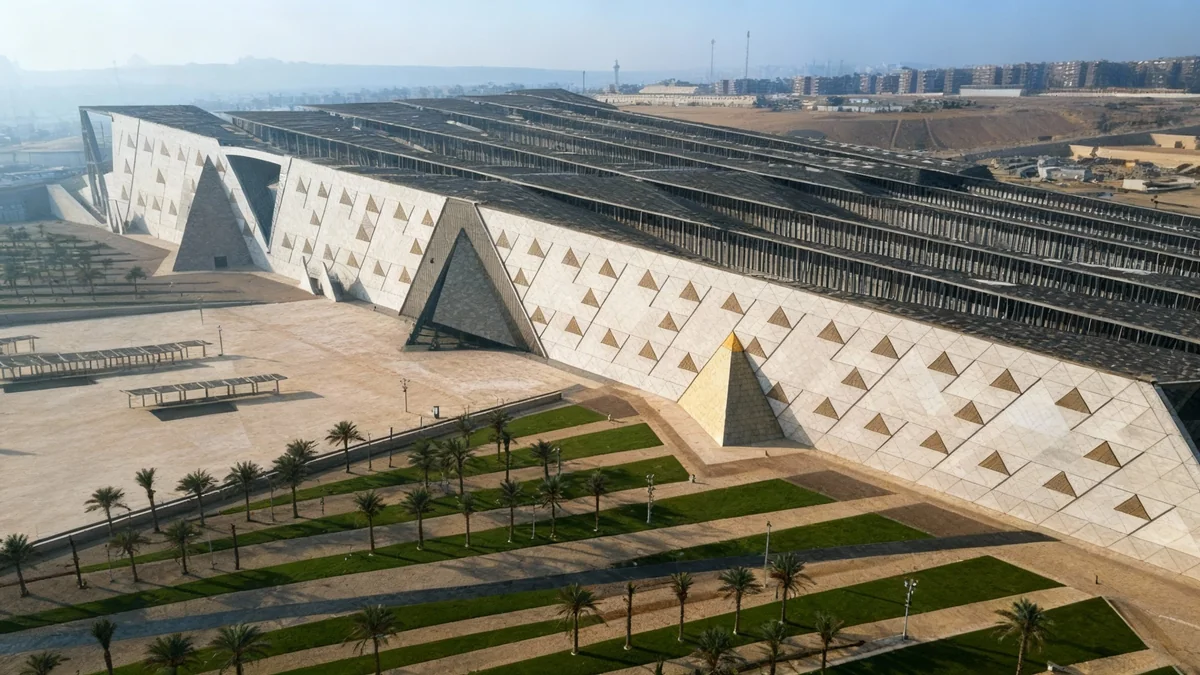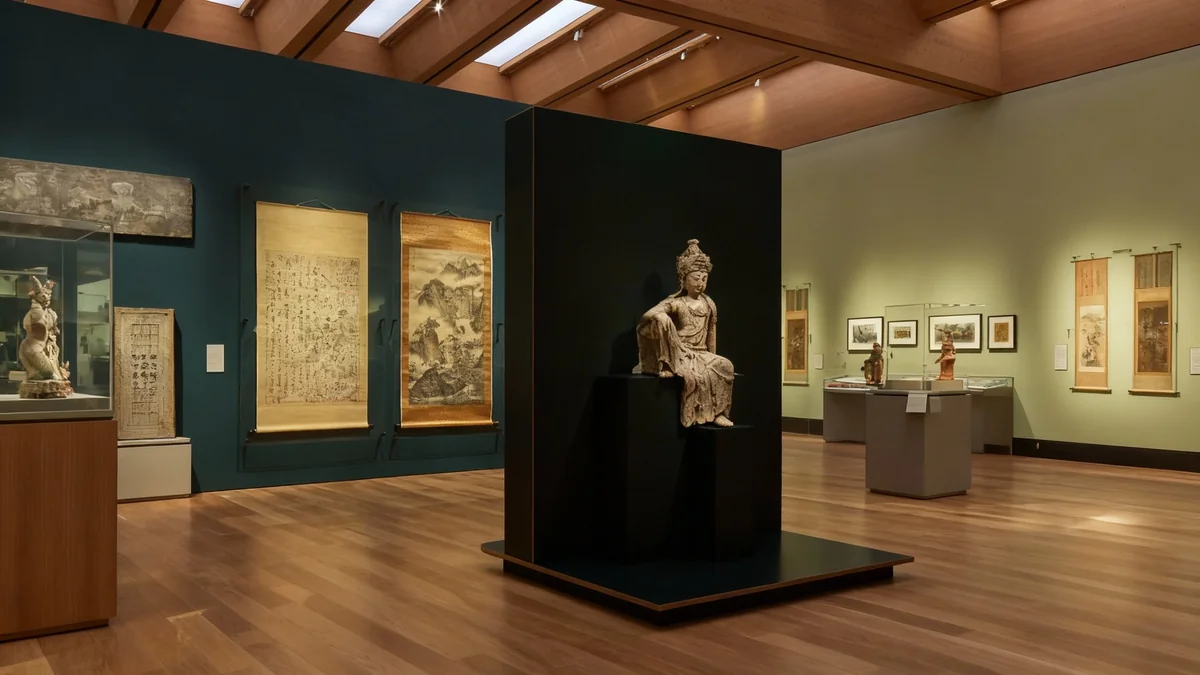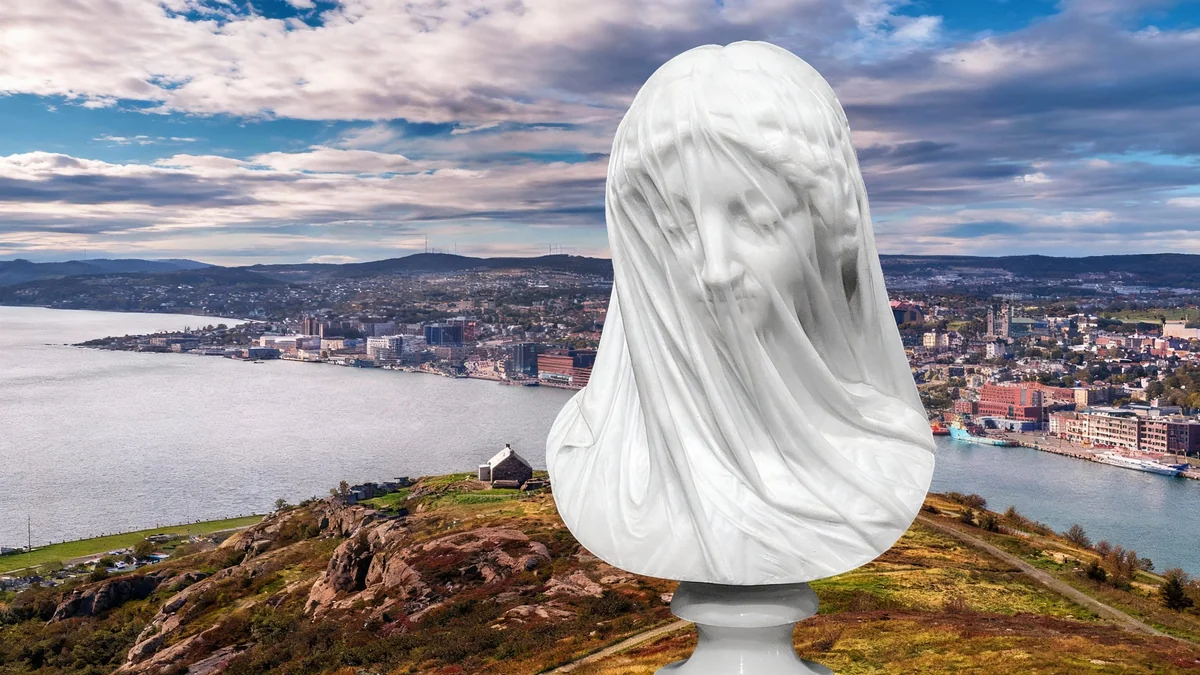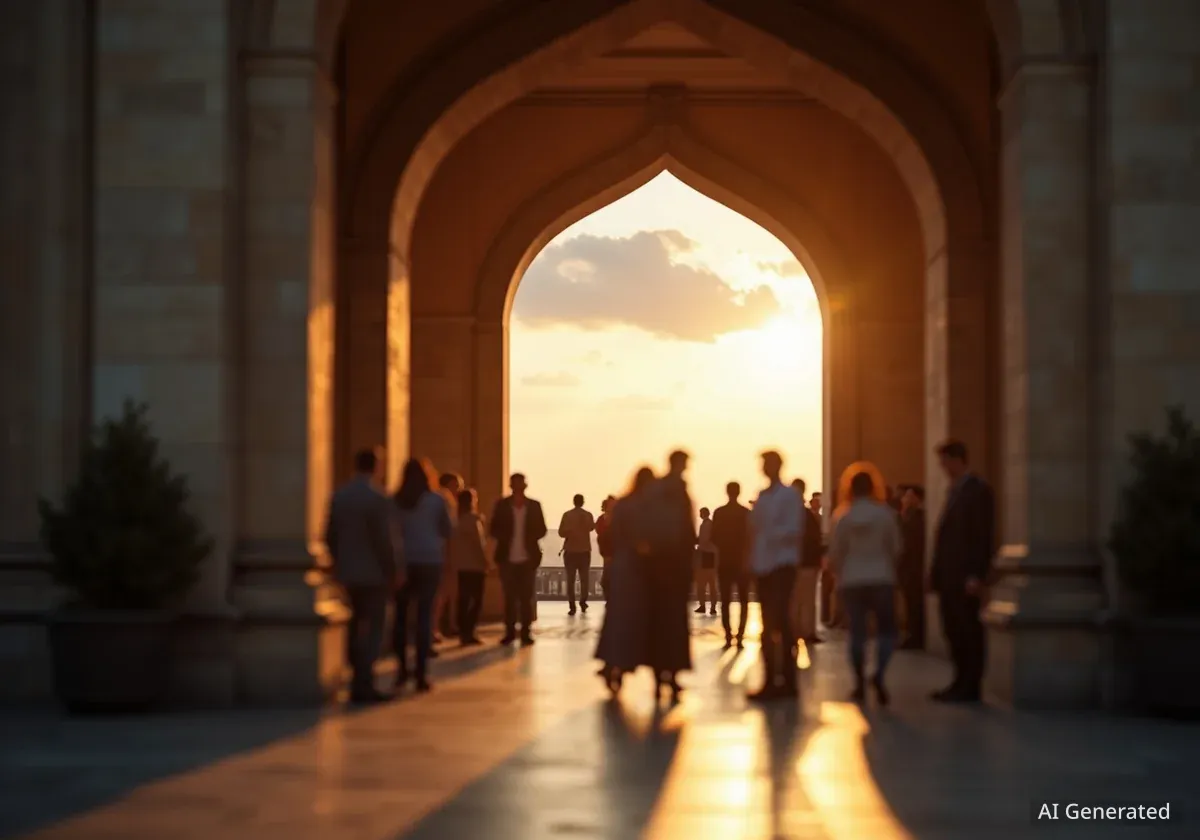The Grand Egyptian Museum (GEM) in Giza has officially reached completion, marking a significant milestone after more than three decades since its initial planning. Designed by Dublin-based Heneghan Peng Architects, this monumental structure is now the largest museum globally dedicated to a single civilization, housing over 100,000 pharaonic artifacts.
Key Takeaways
- Grand Egyptian Museum in Giza is now complete after over 30 years.
- It is the world's largest museum dedicated to a single civilization.
- The museum houses more than 100,000 pharaonic antiquities.
- Many artifacts on display have never been seen by the public before.
- The facility spans an impressive 81,000 square meters.
A New Home for Ancient Treasures
The Grand Egyptian Museum, often referred to as GEM, has been a project of immense scale and international anticipation. Its completion signifies a new era for the preservation and display of Egypt's rich historical legacy. The museum's vast collection includes artifacts that offer unprecedented insights into ancient Egyptian civilization.
Many of these items have remained in storage for generations, away from public view. Their inclusion in the GEM's exhibits provides a fresh perspective on a civilization that continues to captivate researchers and enthusiasts worldwide. The museum’s design itself aims to complement the historical significance of its contents.
Museum Facts
- Total Floor Area: 81,000 square meters
- Number of Antiquities: Over 100,000
- Architects: Heneghan Peng Architects (Dublin)
- Location: Giza, near the Pyramids
Architectural Vision and Scale
Heneghan Peng Architects designed the GEM to be a modern marvel that respects its ancient surroundings. The building's vast scale is necessary to accommodate its extensive collection and anticipated visitor numbers. Its location in Giza places it in direct visual connection with the iconic pyramids, creating a powerful dialogue between ancient and contemporary architecture.
The museum's structure is not just a container for artifacts; it is an experience in itself. Visitors will navigate through thoughtfully designed spaces that guide them through thousands of years of history. This careful planning ensures that the journey through the exhibits is as enlightening as the artifacts themselves.
"The museum represents a new chapter in understanding and appreciating one of humanity's greatest civilizations. It is a testament to dedication and vision."
Global Architectural Highlights
Beyond the GEM, other significant architectural projects are making headlines. In Belgium, Santiago Calatrava's Gare de Mons station has also opened. Calatrava described this sculptural building as a "monumental bridge." It features a striking blend of glass and steel, organized around a raised gallery that extends 165 meters across the site.
The station serves as a crucial hub along the international Paris to Brussels train line. It incorporates 350-meter-long platforms and bus stops, all integrated beneath the gallery's expansive structure. This project showcases innovative design in public infrastructure.
Context: Modern Architectural Trends
The debate between traditional and modernist architectural styles continues to be a prominent topic. Public figures often champion classical designs, while many contemporary architects explore innovative forms and materials. This ongoing discussion shapes the skylines and cultural landscapes of cities worldwide, influencing how new structures are perceived and integrated.
Beyond Buildings: Design Innovations
Innovation extends beyond large-scale architecture into product design. Artist Robbie Williams recently ventured into furniture design, collaborating with Dutch brand Moooi to create "The Introvert Chair." This piece features a gently curved shape, upholstered in a tactile blend of virgin wool, alpaca, and cotton. Williams aimed to create a place of respite in a fast-paced world.
Sportswear giant Nike also unveiled early concept designs for Project Amplify, a battery-powered anklet developed with robotics company Dephy. This device attaches to the lower leg, providing a motorized boost for running or walking. Such innovations highlight the growing intersection of technology, design, and personal well-being.
Albania's Architectural Ambitions
Albania's Prime Minister Edi Rama has expressed a strong focus on architecture as a source of national energy and future vision. He believes that good architecture can be an uplifting presence for the country. Rama anticipates that Albania will produce its own internationally recognized architects within the next decade, signaling a commitment to design excellence and urban development.
This governmental emphasis on architectural quality underscores a broader understanding of how built environments contribute to societal well-being and national identity. It encourages a new generation of designers and planners to shape Albania's future landscape.
Popular Designs and Future Prospects
Other notable projects capturing public attention include a rural Sussex home designed around a steel-framed cloister by Nick Willson Architects. Additionally, a sculptural bookstore in China and a Pune clubhouse featuring perforated brick walls have drawn interest. These diverse projects demonstrate the wide range of contemporary architectural expression.
The completion of the Grand Egyptian Museum and other significant global projects illustrates a vibrant period in architecture and design. These developments not only provide functional spaces but also contribute to cultural narratives and technological advancements. The future promises continued innovation in how we design and inhabit our world.




